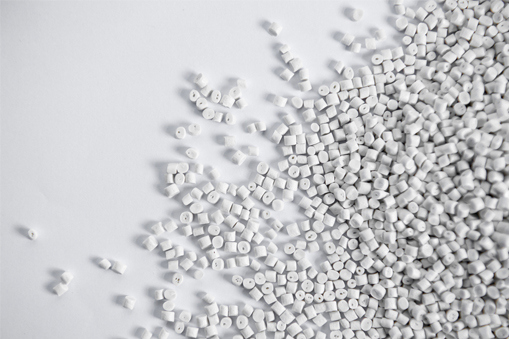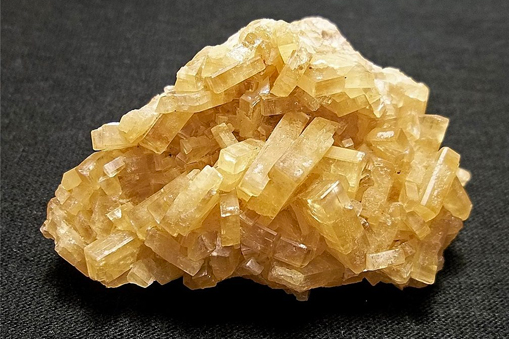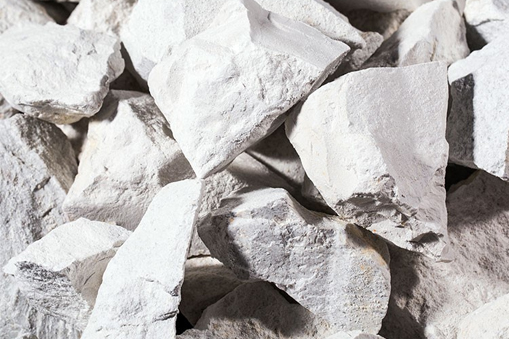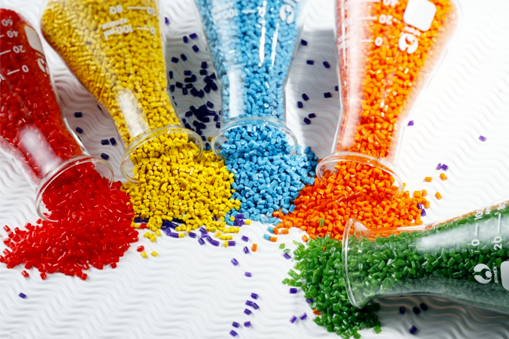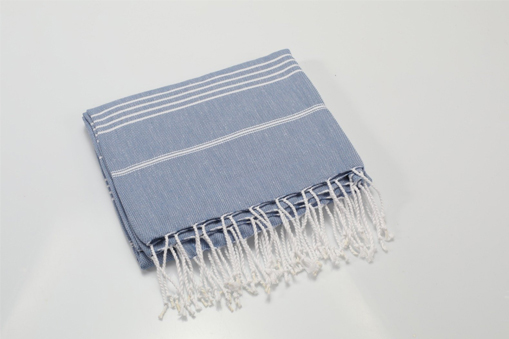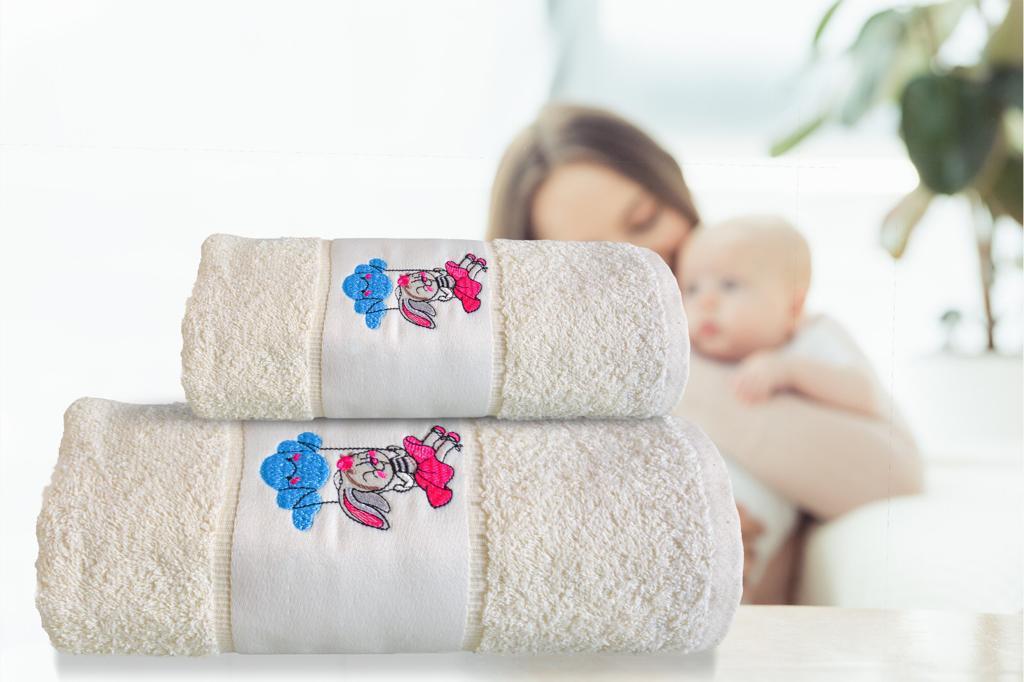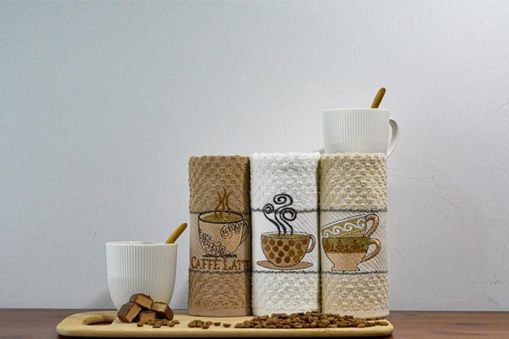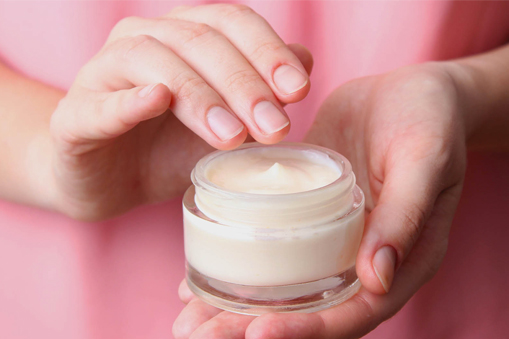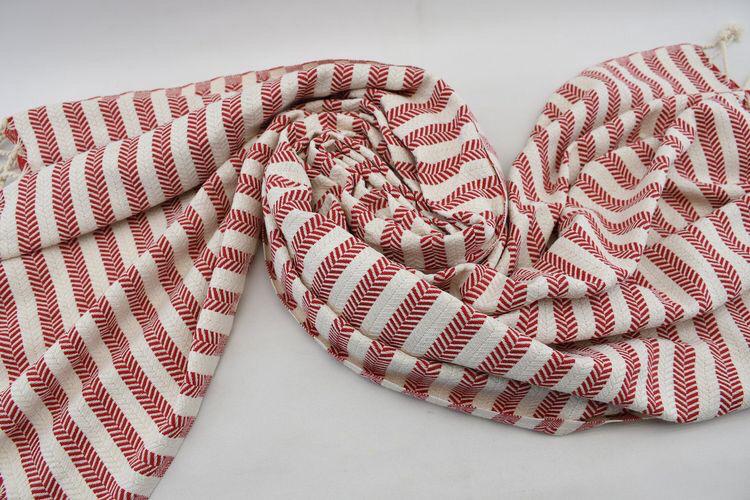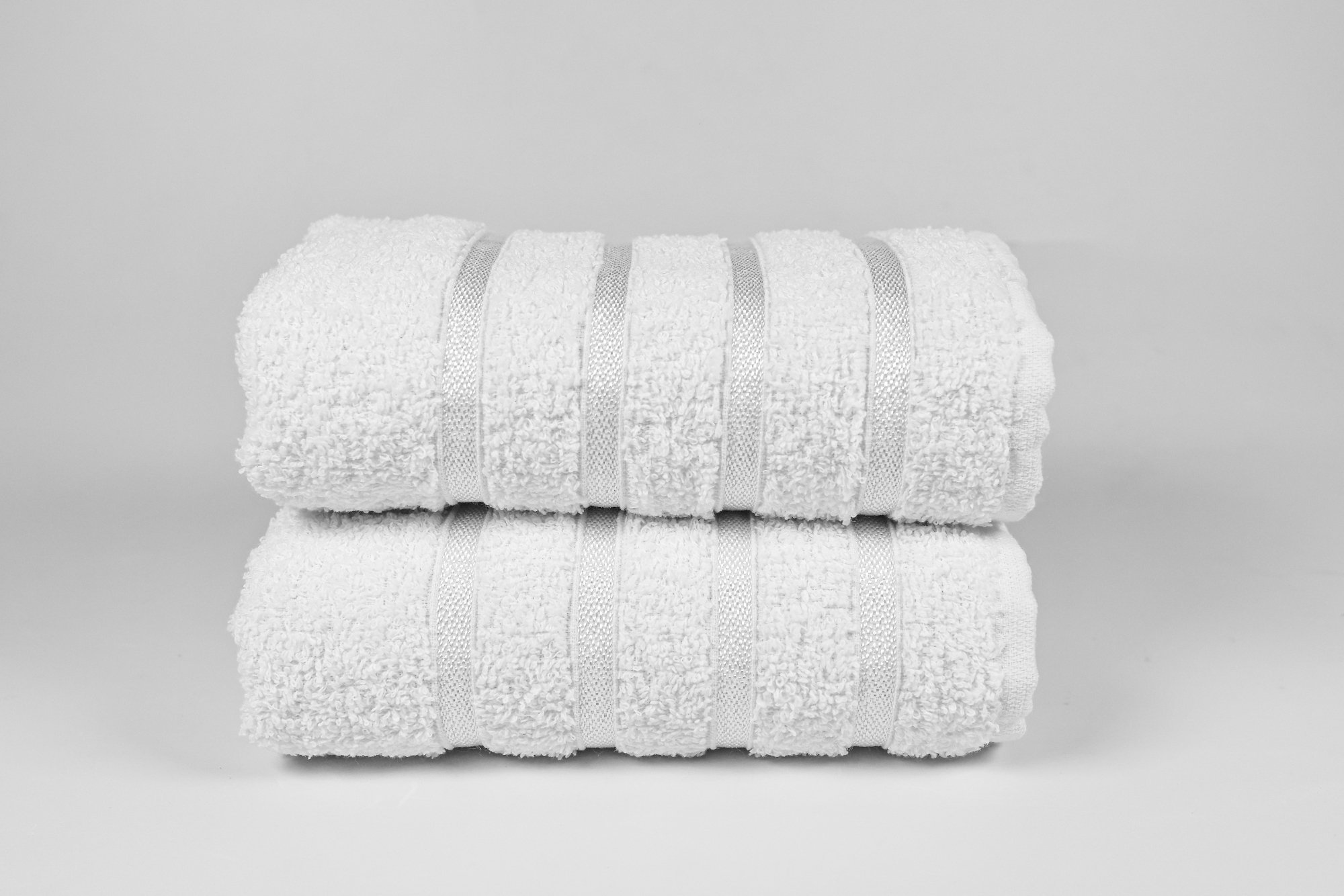Paints are made from different materials depending on their areas of use, intended use, application methods, and storage. All paints contain pigments, binders, solvents, and additives alongside the pigments. All paints have suitable solvents (diluents) for themselves. In addition to those that are produced using solvents during production, there are also types of paint that are produced without solvents.
All organic coatings create a continuous, solid, and adherent film on the surface. Therefore, all of them have a “film former” in their formula. Film formers are also called “binders”. Binders form the backbone of the organic coating. If the organic coating is a paint, it needs to contain pigments and sometimes fillers, in addition to the binder.
When talking about a liquid organic coating, it must contain solvents in its composition to adjust its fluidity. At the same time, various additives are needed to adjust the production, application, and usage properties of all organic coatings.
Organic coatings are a stable physical mixture that maintains the homogeneity of these raw materials for a long time. During the film formation process, the binders of some coating materials can undergo chemical reactions called polymerization. However, in any case, pigments, additives, and fillers remain unchanged chemically within the drying film.

